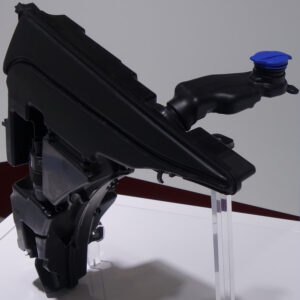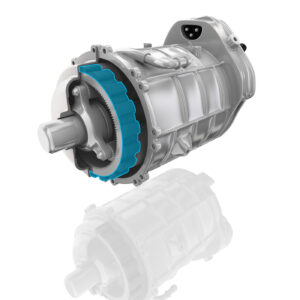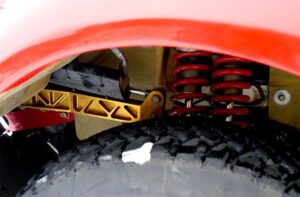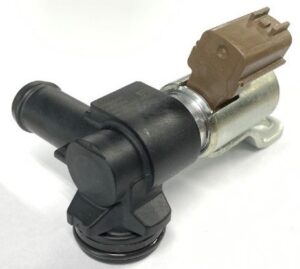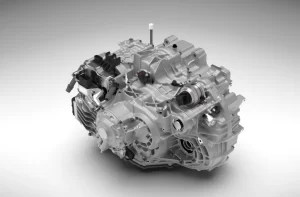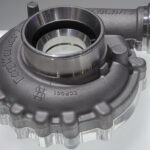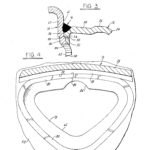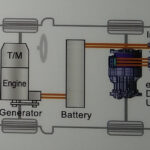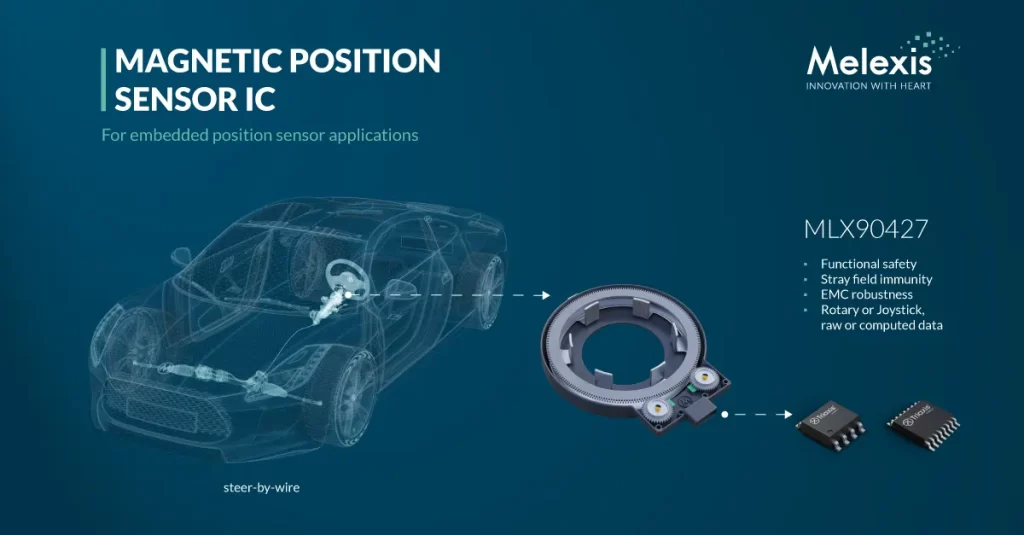
For innovations like steer-by-wire systems, where there is no mechanical linkage between the steering wheel and steering rack, position sensors are a critical component that must exhibit exceptional reliability, functional safety, and accuracy.
At the core of the MLX90427 is the Triaxis hall magnetic sensing element which exhibits sensitivity to three components of flux density (Bx, By, and Bz) applied to the IC, allowing for the accurate detection of movement of any magnet in its vicinity. This is supported by an analog-to-digital converter (ADC), a robust digital signal processor (DSP) for sophisticated signal processing, and an output stage driver for SPI signal output.
The MLX90427 has the unique ability to transition seamlessly between four distinct operating modes. These modes include a standard rotary mode with two performance ranges, a joystick mode for XYZ 3D position sensing applications, and the 360-degree stray field immune mode for continuous rotational feedback in noisy environments. Within a vehicle, this enables the IC to be utilized in various applications, such as steering, gearbox shifting, and wider human-machine interfaces (HMIs) like infotainment control knobs, thereby streamlining vehicle design procedures. Featuring AEC-Q100 qualification (Grade 0) the MLX90427 is inherently reliable and is an ISO26262 ASIL C SEooC (safety element out of context) supporting up to ASIL D system level integration. In safety-critical applications like steering columns, the MLX90427 with its excellent stray field immunity and EMC robustness, can be deployed alongside sensors utilizing differing sensing technologies, such as the inductive sensing MLX90513, to attain the highest levels of functional safety through heterogeneous redundancy.
The MLX90427 is designed for embedded position sensor applications and features a high-speed full-duplex SPI output for communication with a master microcontroller and a 14-bit resolution output. Allowing for simple system integration, the MLX90427 is 5V and 3V3 application compatible and features a wide operating temperature of -40oC to 160oC. The implementation of built-in self-diagnostics ensures swift fault reporting, which enhances the safety of critical systems.


